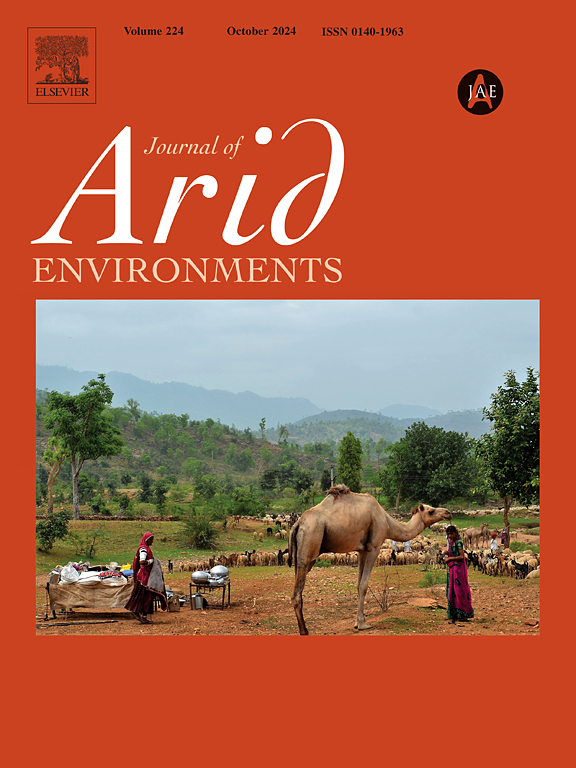Faster growth rate induces higher ecosystem productivity in Inner Mongolian grasslands during 2000-2018 years
The dynamics of ecosystem productivity, which reflects carbon sequestration capacity, are closely linked to vegetation phenology and growth rates. Few studies investigate the linkages among phenology, growth rates, and productivity in grasslands at the regional scale, and it remains unclear how environmental factors impact ecosystem productivity by altering phenology and growth rates in different grassland types. We extracted vegetation phenology and growth rates (GR) from the remote sensing gross primary productivity (GPP) data from 2000 to 2018 to examine the connection of ecosystem productivity with vegetation phenology and growth rates in meadow steppe, typical steppe, and desert steppe in Inner Mongolia, and assessed the influence of environmental factors on these dynamics. We found that the GR during the early growing season (from the start to the peak of growing season) was the key contributor to annual GPP across Inner Mongolian steppes. The soil moisture during the early growing season was the predominant environmental factor of the annual GPP because of its significant influence on GR. These results suggested that the early growing season played a pivotal role in productivity accumulation, and the contribution of this stage to annual GPP was particularly pronounced in the water-limited steppe types, which offers new insights into the mechanisms driving productivity dynamics and guides policymakers on managing and conserving grassland ecosystems amid climate change.
相关推荐
- Effects of preseason climate change on spring and summer phenological shifts in Inner Mongolian grasslands [2025-06-01]
- Changes in grassland vegetation based on spatiotemporal variation in vegetation growth and spatial configuration dynamics of bare lands [2025-06-01]
- Evolution and spatial reconstruction of rural settlements based on composite features of agglomeration effect and ecological effects in the Hexi Corridor, Northwest China [2025-06-01]
- Ensemble of optimised machine learning algorithms for predicting surface soil moisture content at a global scale [2025-06-01]
- Spatiotemporal Characteristics and Habitat Quality Analysis in the Temperate Desert Sub-Region of Ordos Plateau, China [2025-06-01]



